KNEE PAIN & SQUATTING: A Troubleshooting Guide
Knee pain while squatting is a common complaint. And while it is common, it doesn’t mean that it is normal.
Along the continuum of our lifetime, we have been conditioned to think that when we hear the word squat, visions of Instagram models squatting massive amounts of weight dance in our heads. Or we identify squatting as an exercise, instead of it being a movement that is downright our birthright.
Of course, the demands of squatting to get closer to the ground to play with your kids, or to eat with friends and family around a fire, versus weighted squatting, are different.
However, neither should set off alarms or trigger knee pain to the extent where we have to think long and hard before we squat, or worse, avoid it altogether.
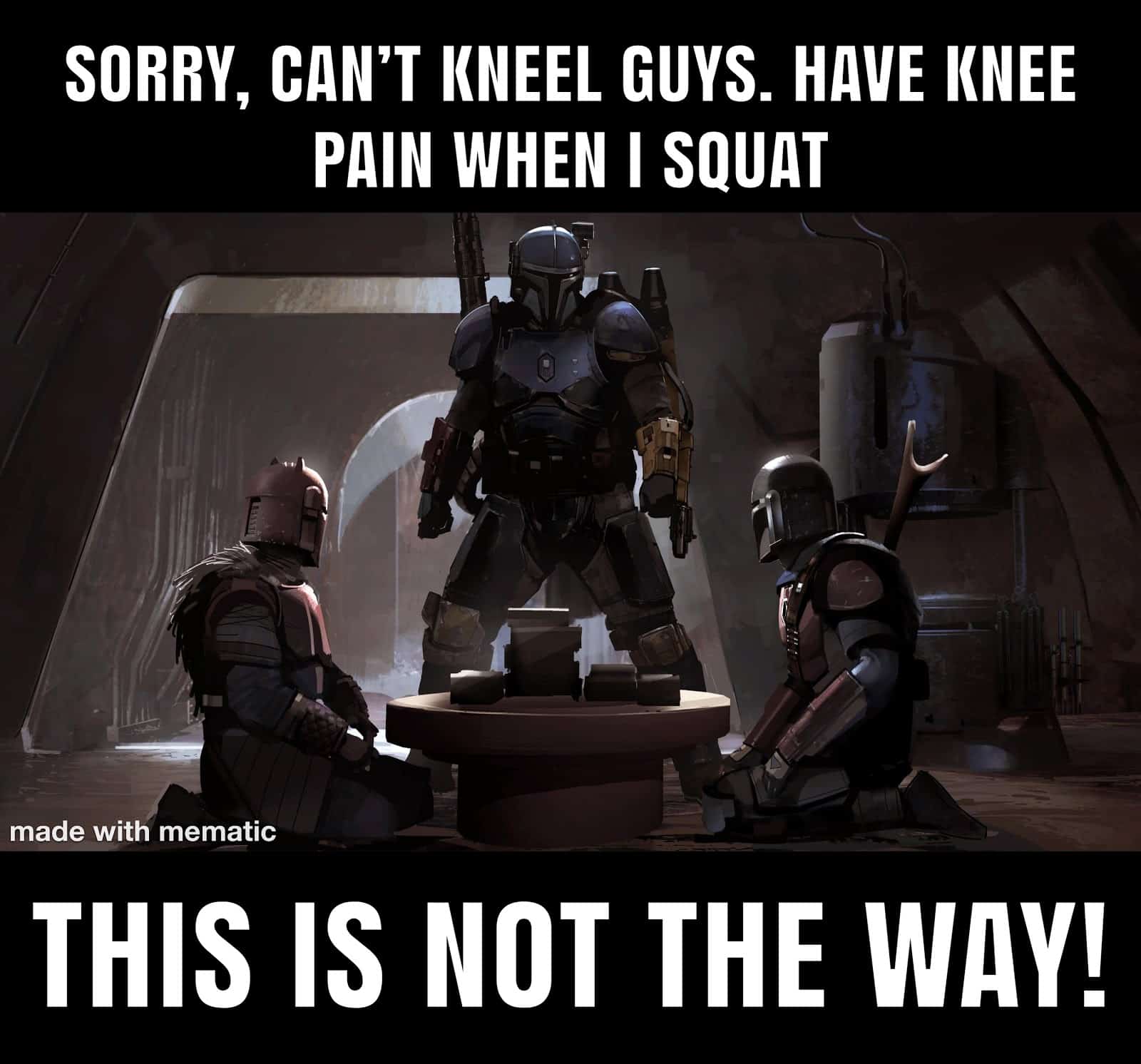
Before you designate your knees to the scrap heap or assign them fit for joint replacements, we have to determine if knee pain with squatting is a hardware issue, software issue, or both.
So before you set up an appointment at the Orthopedic Genius Bar, we’ve put together some troubleshooting tips for you to run through yourself.
FIRST THINGS FIRST
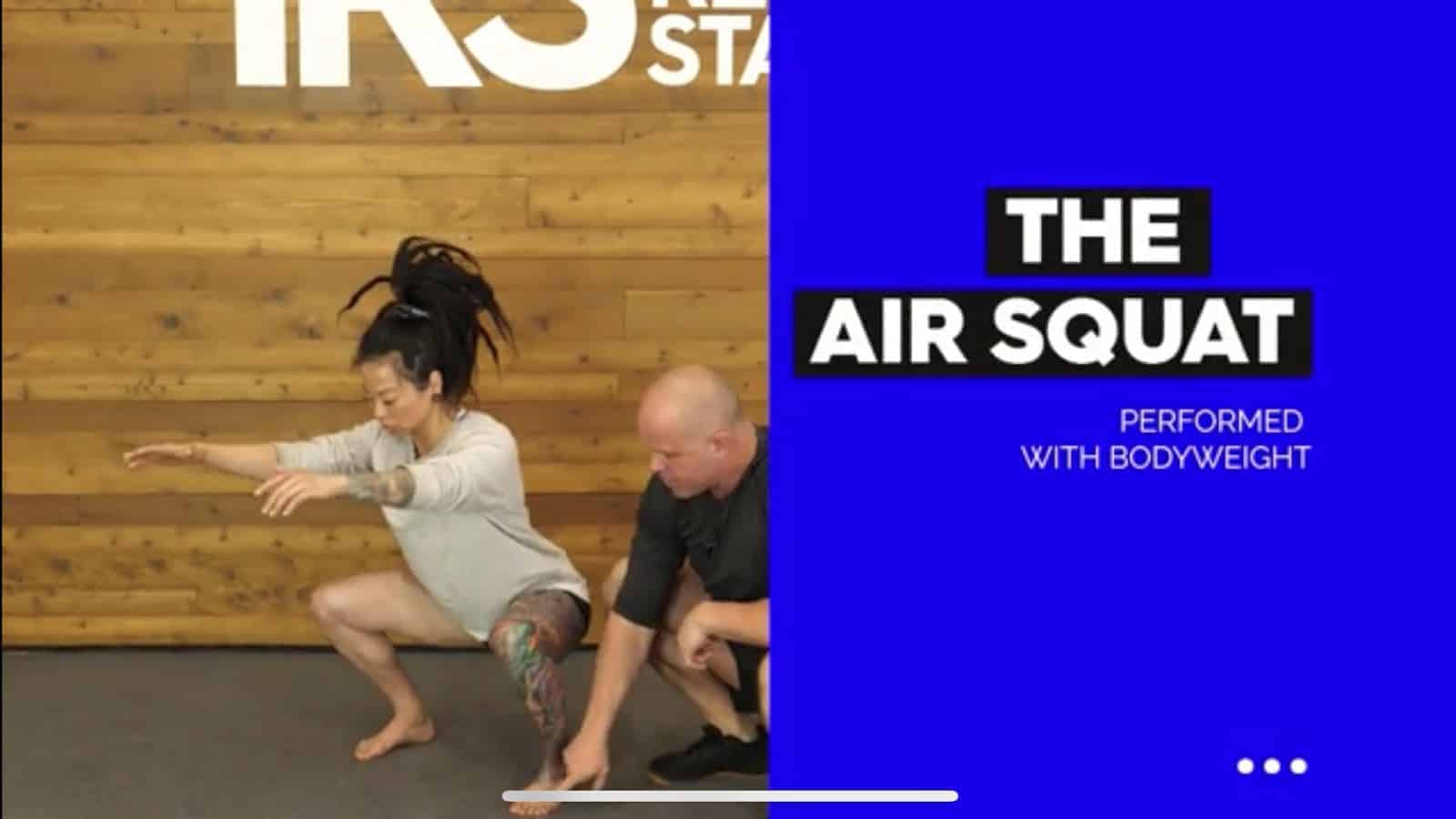
What is your reference of what the ideal squat looks like?
Are you organized from head to toe? Meaning, are you stacked up appropriately. The process also works from the ground up.
Are your feet active? Are they straight-ish? Where is your weight distributed? Are the knees positioned over the middle of the foot? How organized is your pelvis? (For more on the ideal squat, check out the Pre-Workout section in the app)
The bones of our skeletons are beautifully designed to interlock, slide and glide, and repetitively support heavy forces.

Yes, this can be achieved even when we aren’t organized. A pretty tall Jenga tower can still be constructed if each block is slightly off. However, if each block was carefully placed in the best possible position, we would be more inclined to agree that the tower would stack up higher and be more stable. It would also support a significantly heavier load.
But again, this article is about knee pain and squatting, isn’t it?
CHECK UP ON THE NEIGHBORS
Although you may have a good reference for the ideal squat, you may struggle to get into those positions.
I hate to break it to you, if your knee hurts during the squat, it doesn’t mean that your knee needs more attention.
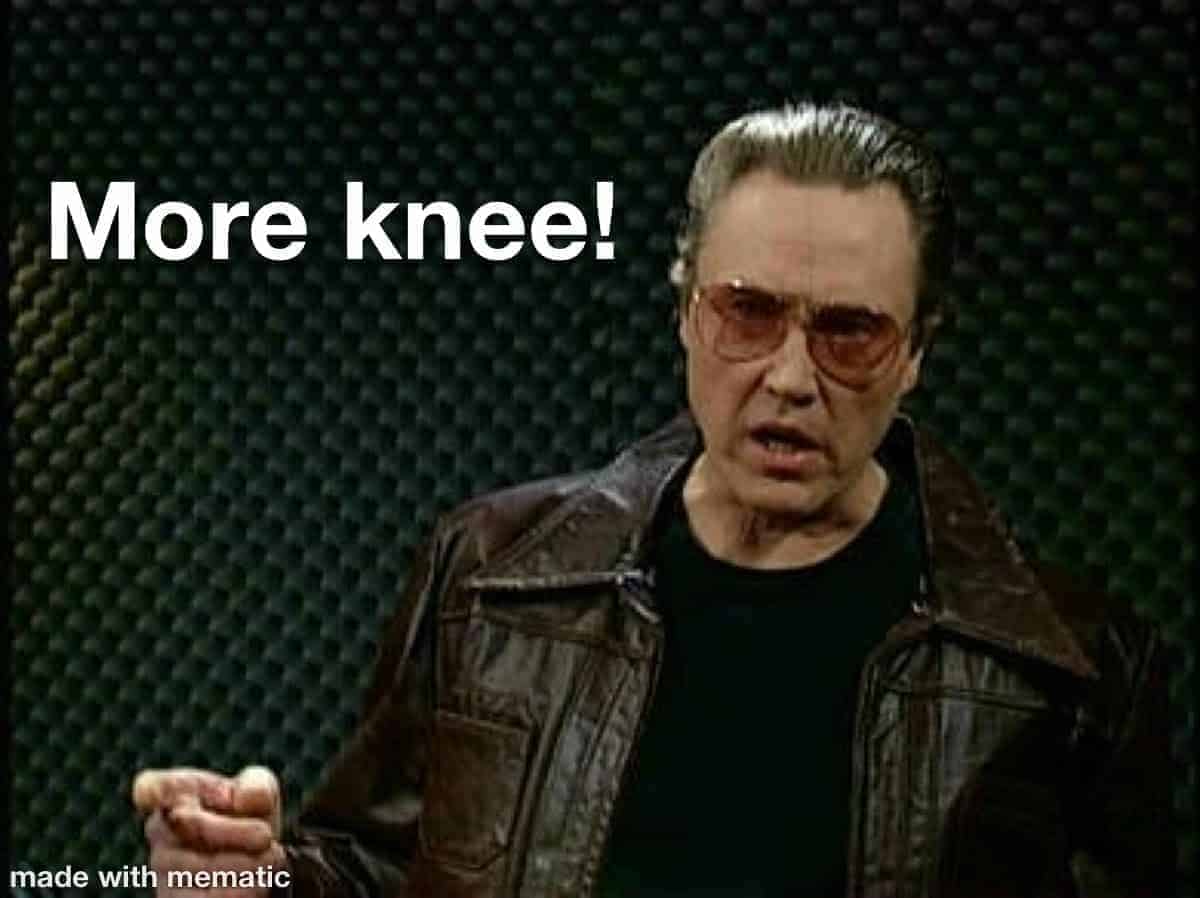
Generally, the knee is one-dimensional – it bends and it straightens.
The upstream and downstream neighbors of the knee – the hip and foot, are the opposite. The hip and ankle by default, are programmed to be mobile, adaptable and yet, generate enormous force. The knee is the middle man, the messenger, so we have to run a hardware (mobility) diagnostic of the hip and ankle.
Here are some of the passive standards that we want to touch:
1. Hip Flexion
2. Prone Heel to Butt
3. Hip Rotation
4. FMS Tandem Ankle
If you didn’t meet the above criteria, there are many routines and follow along videos at The Ready State to help get you closer to meet those standards.
In the meantime, you’re only as good as the training session, that didn’t crush you for the rest of the day(s). So the mantra to follow is: limit your compensations until you can own all positions of the squat pain-free. There may be some days where your bottom position will be able to break parallel and other days where you may not.
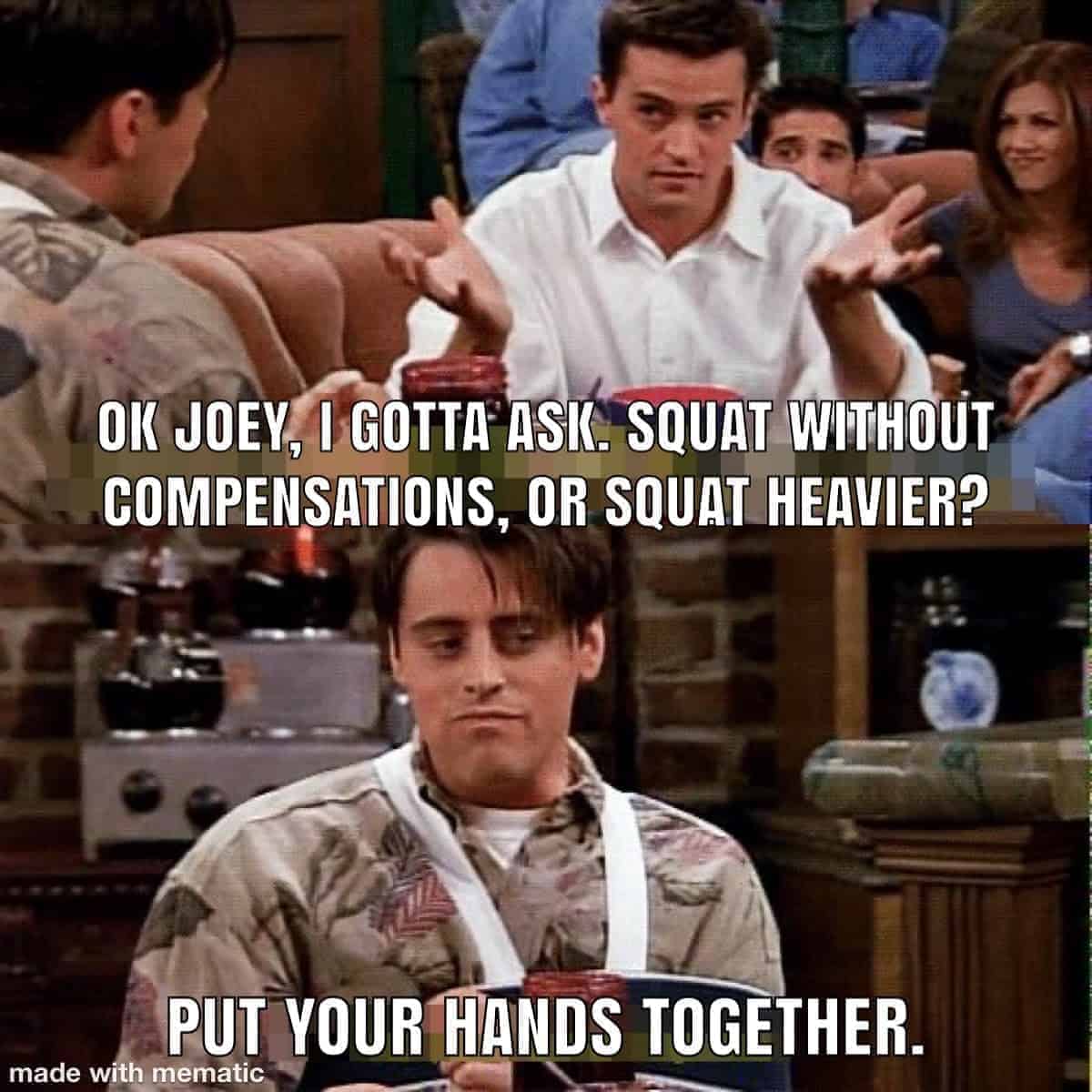
#CONSISTENTBEFOREHEROIC
A to the Men.
SLOW IT DOWN GRASSHOPPER
If you have been able to meet the above criteria for the passive movement standards and still experience knee pain with squatting, then we may have to chalk it up to a software or motor control deficit. And this is where impatience can surface.
Our brains have the amazing ability to re-wire itself and learn new behaviors. This is called neuroplasticity. Slower, controlled and intentional movements boost this response in the brain. This is where tempo squats are beneficial. Tempos allow us to develop and map out control throughout the entire squat and keep close tabs on the relationship of the hip, ankle and foot. Developing control during both phases of the squat will make your movement software more robust. While you’re at it, you can also spend some time at the bottom with isometric holds.

Sometimes, just spending time in a shape can help re-mold your movement comprehension. For new followers of The Ready State, take the 10-min squat challenge or spend more time on the floor to increase exposure time in end-range positions.
The value of being able to squat is immeasurable, not only for aesthetic gains but for uhhh, life! So run yourself through these troubleshooting steps and see if you detect any corrupt files. The cost of new hardware is usually more expensive than cleaning up the software so constantly keep your Operating System updated.
If you want more info, check out our Healthy Knee Plan.
~Kingsley













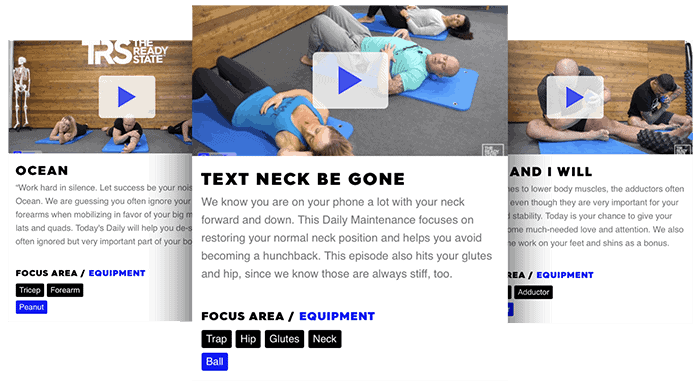






Nice post!